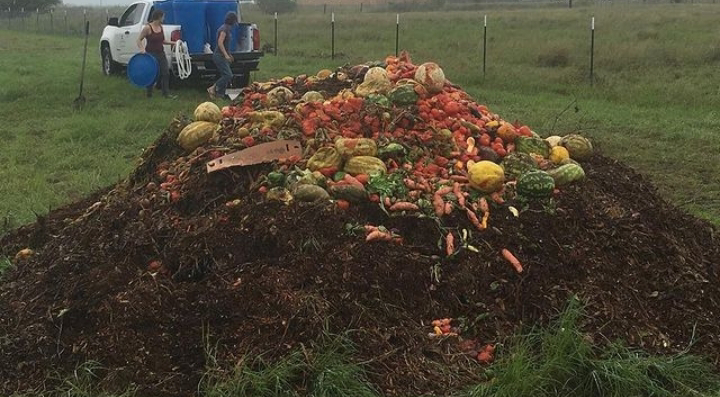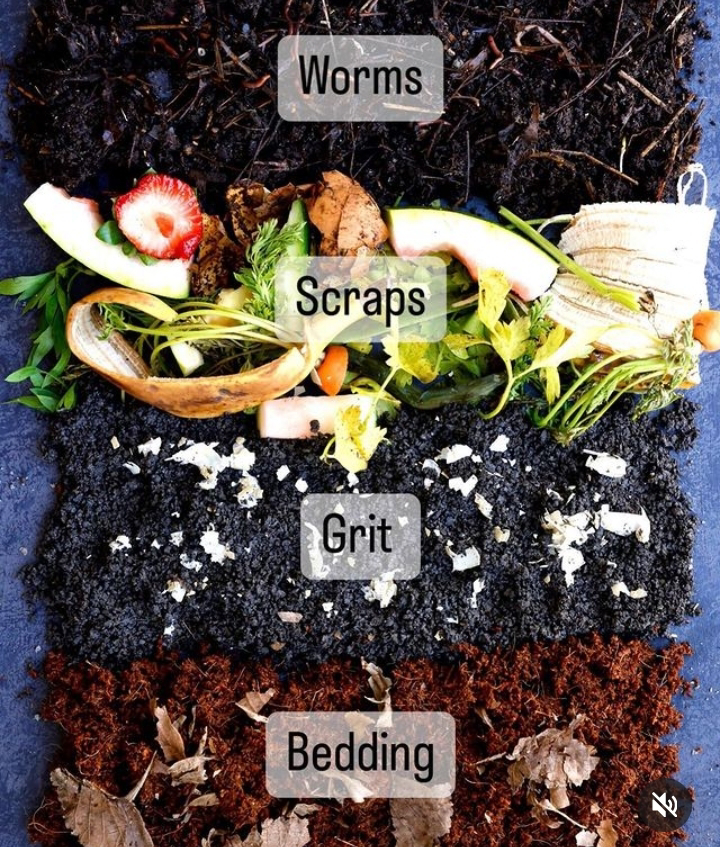Composting in cold climate
Composting in a cold climate can be a bit more challenging compared to composting in warmer regions, but it is definitely possible with some adjustments. Cold temperatures can slow down the composting process, but with the right techniques, you can still create nutrient-rich compost for your garden.
Here are some tips for successful composting in a cold climate:
1. Choose the right composting method: There are various composting methods, and some may work better in colder climates than others. Traditional backyard composting, vermicomposting (using worms), and insulated composting bins are popular options.
2. Insulate your compost pile or bin: Insulation helps retain heat, which is essential for the composting process. You can use materials like straw, hay, leaves, or even old blankets to cover and insulate the compost pile or bin.
3. Position the compost pile strategically: Place your compost pile or bin in a sunny spot, preferably on the south-facing side of your property. This maximizes exposure to sunlight, which can help maintain higher temperatures within the compost.
4. Create the right mix of materials: For effective composting, you need a balanced mix of green (nitrogen-rich) and brown (carbon-rich) materials. Green materials include kitchen scraps, coffee grounds, and fresh plant trimmings, while brown materials include dry leaves, straw, and shredded paper. Try to maintain a 2:1 ratio of brown to green materials by volume.
5. Chop or shred materials: Smaller pieces of organic matter break down faster, even in cold temperatures. Use a shredder or chop materials into smaller pieces before adding them to the compost pile.
6. Layer the compost materials: Layering green and brown materials in your compost pile can help create airflow and aid the composting process. Start with a layer of brown materials, add green materials on top, and continue layering until you have a good mix.
7. Monitor moisture levels: Cold climates can be damp, but it's essential to keep your compost pile moist, not soggy. Add water when needed to maintain the moisture level, as dry compost piles will not decompose efficiently.
8. Turn the compost pile: Regularly turning the compost pile helps aerate it, introducing oxygen that is necessary for the decomposition process. Turning the pile every few weeks will help speed up composting even in colder conditions.
9. Use smaller compost piles or bins: If you have a large amount of compostable material, consider creating smaller compost piles or using multiple bins. Smaller piles are easier to manage, and they can heat up more efficiently.
10. Be patient: Composting in cold climates may take longer than in warmer regions. Expect the process to slow down during the coldest months and pick up pace as the temperatures rise.
By following these tips, you can continue composting successfully in a cold climate and produce nutrient-rich compost to improve your garden soil.







No comments:
Post a Comment